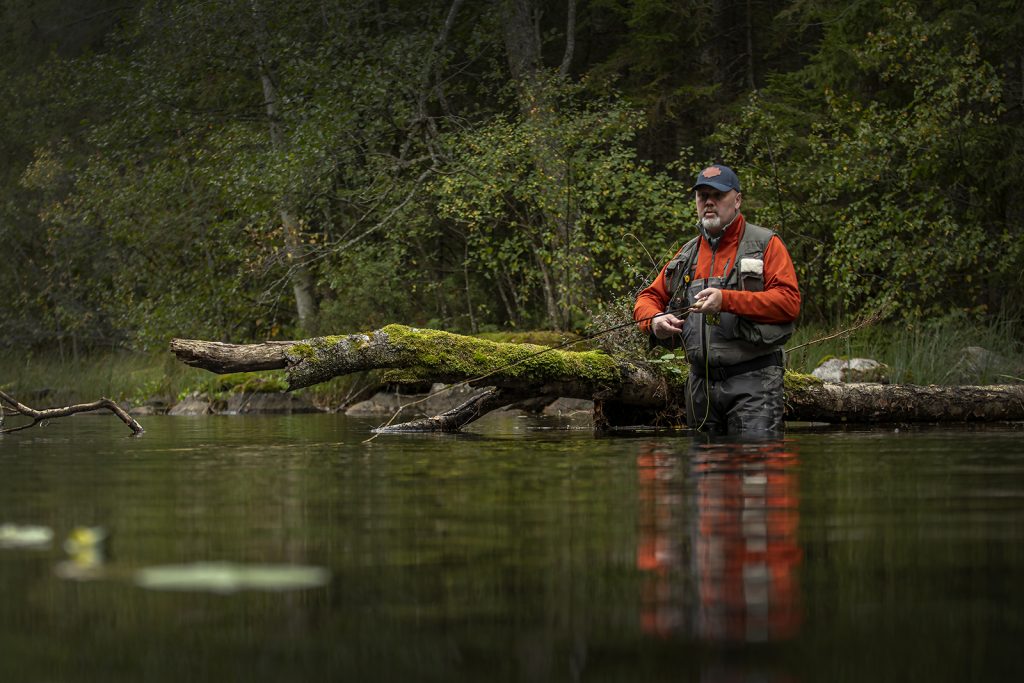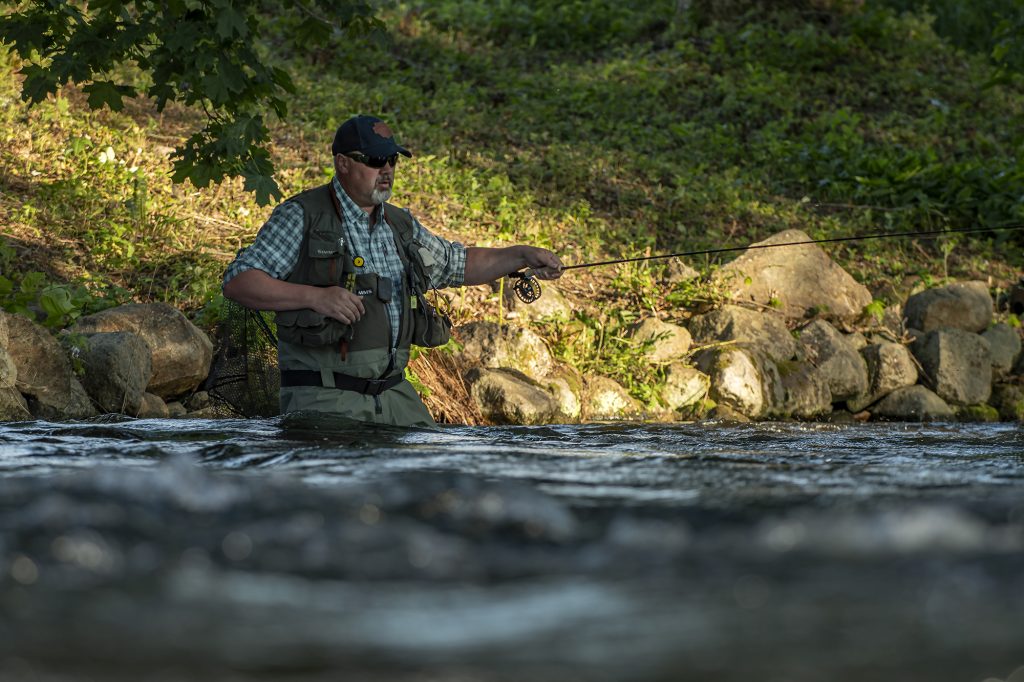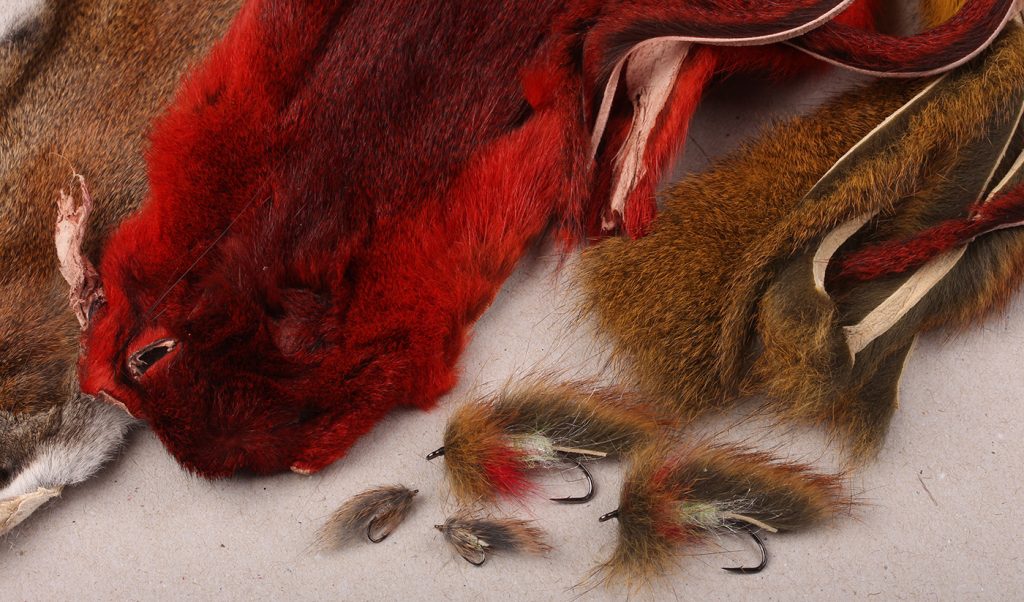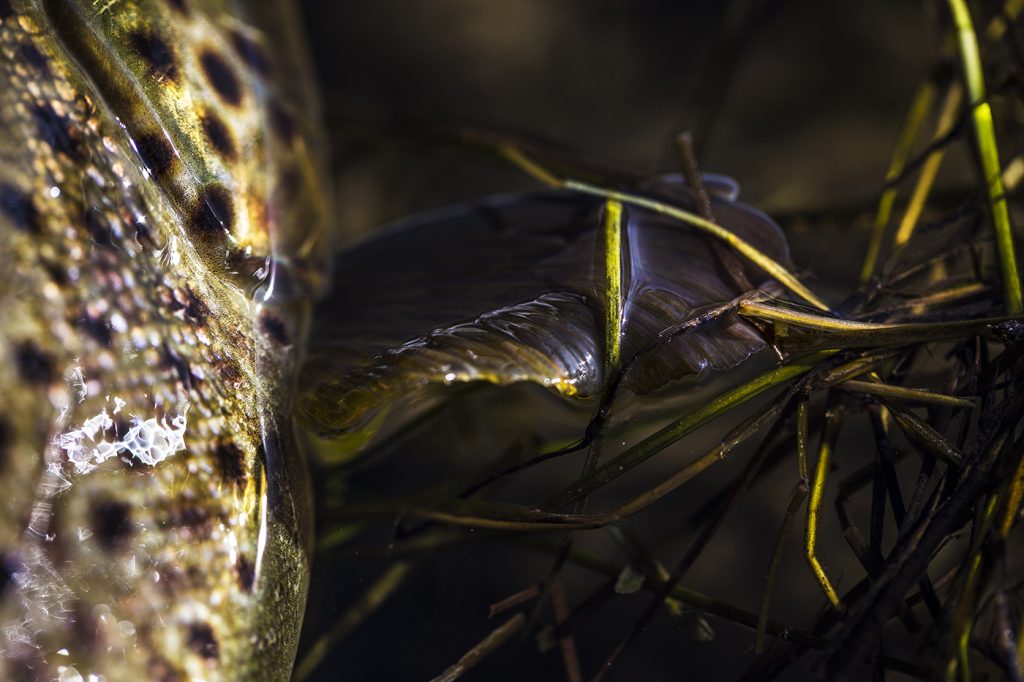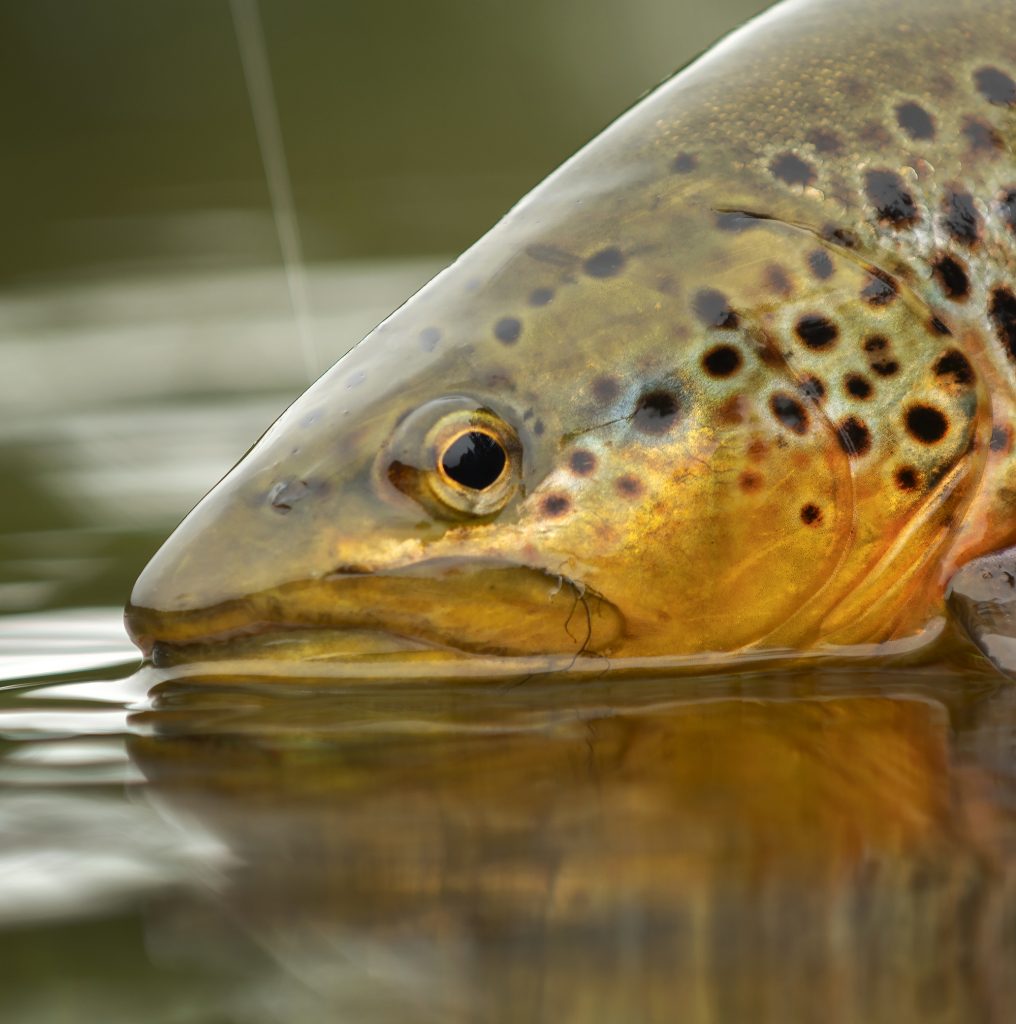
The hatch of the large mayfly, Ephemera Danica, is a high point in most trout fishers’ season. Read along to get a few tips from seasoned dry fly fisherman, John Petermann, as he shares his favourite flies – and a joker.
By Peter Lyngby
(this artickle has been published in the danish magazine “Sportsfiskeren” and the online magazine “In The Loop Magazine”)
Continue reading “Mayfly fishing – try a Modified French Partridge”


